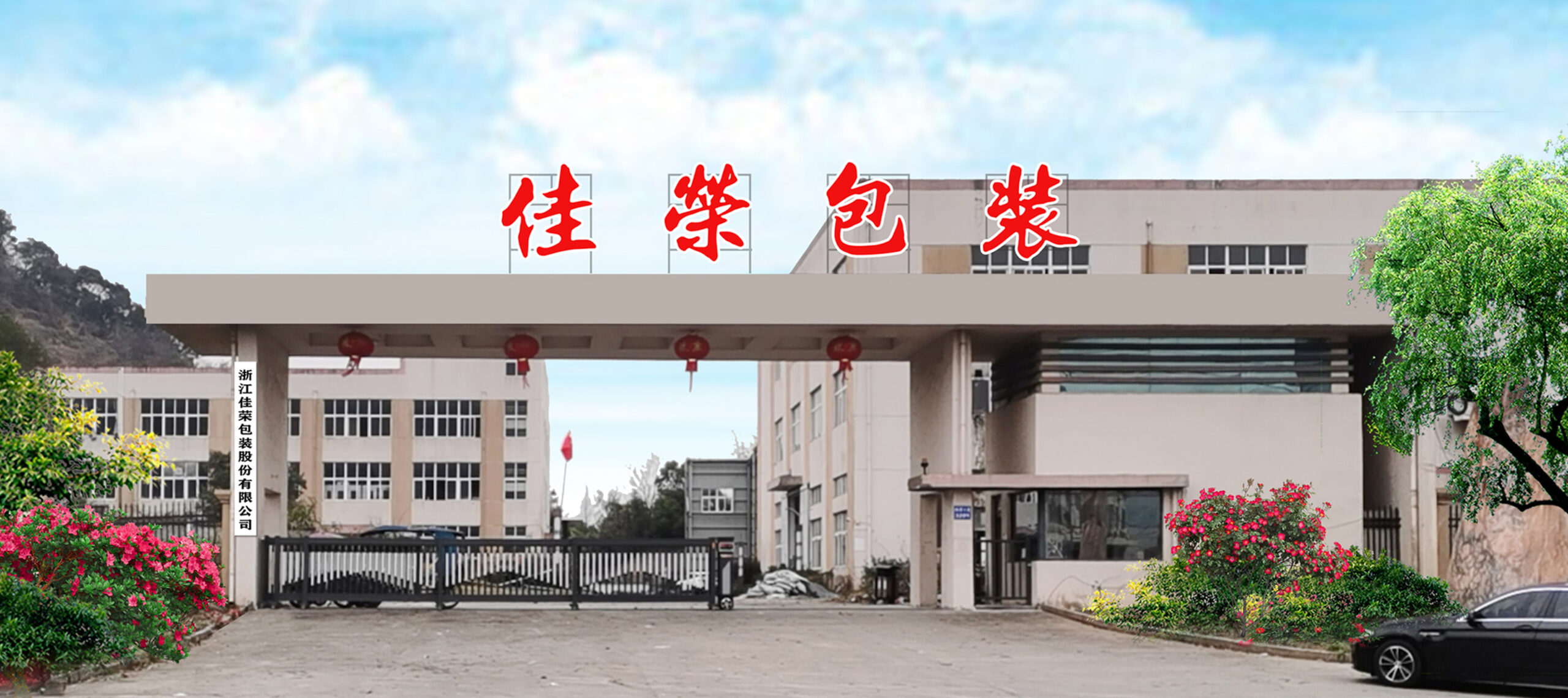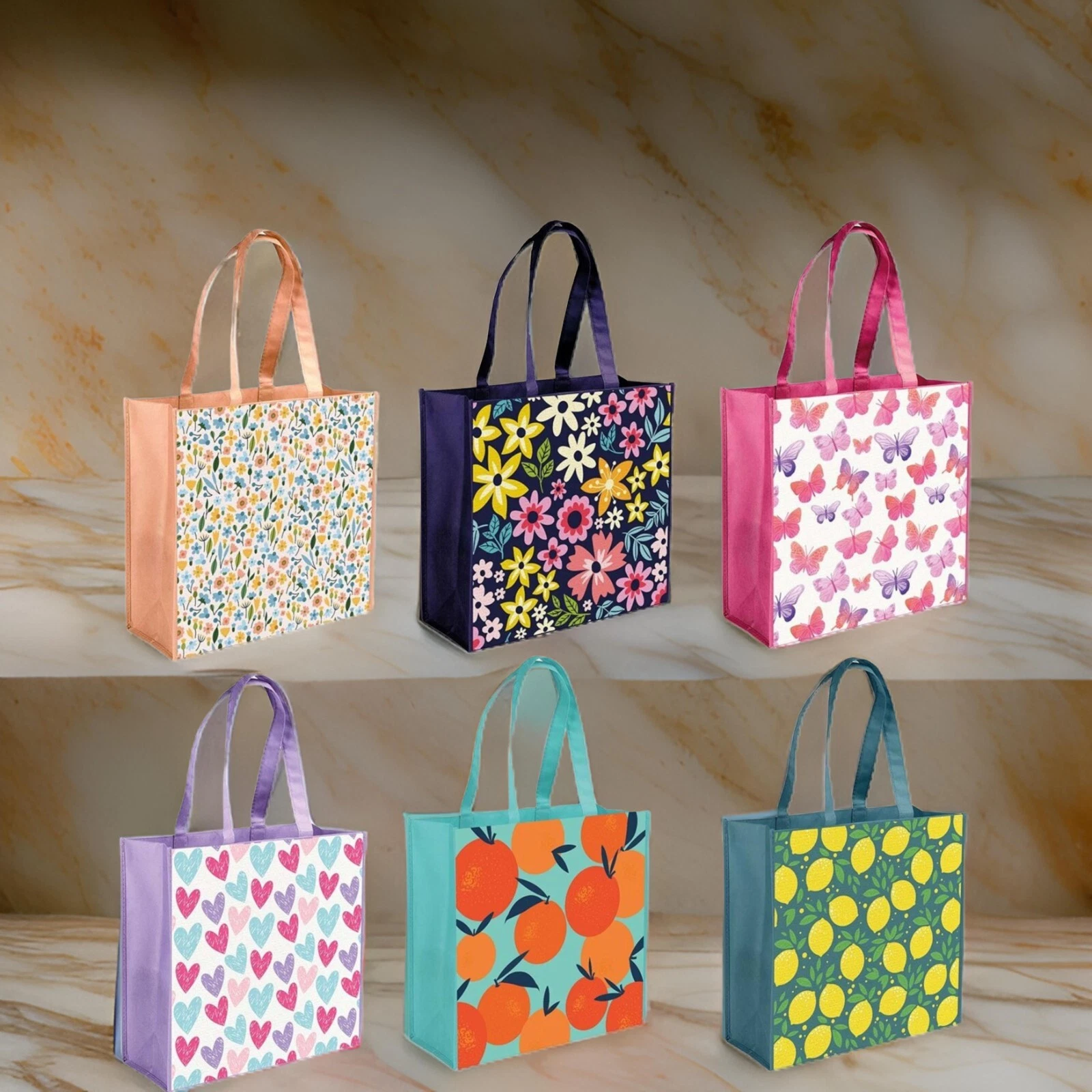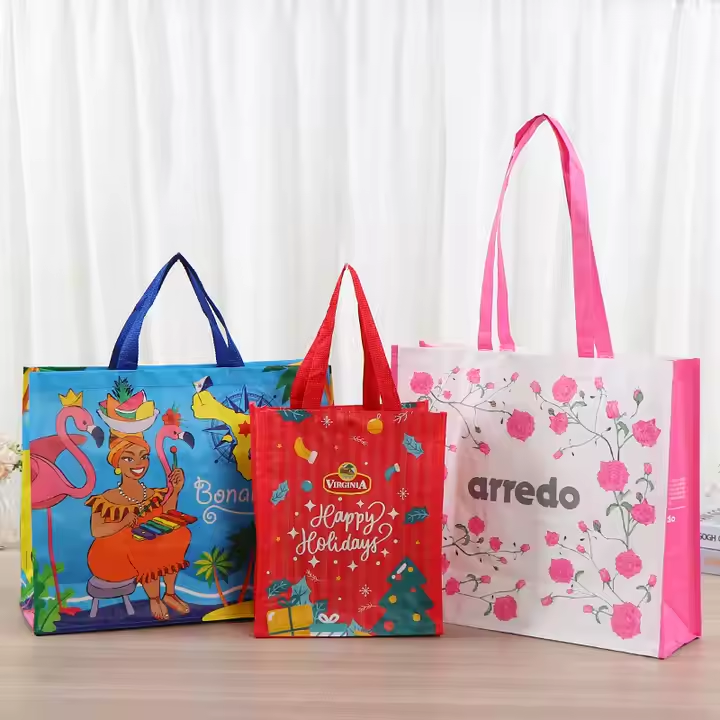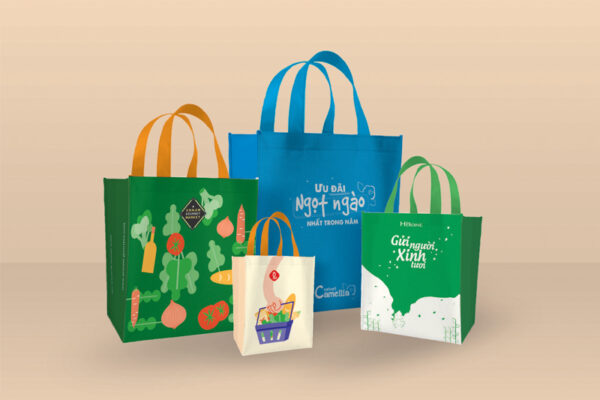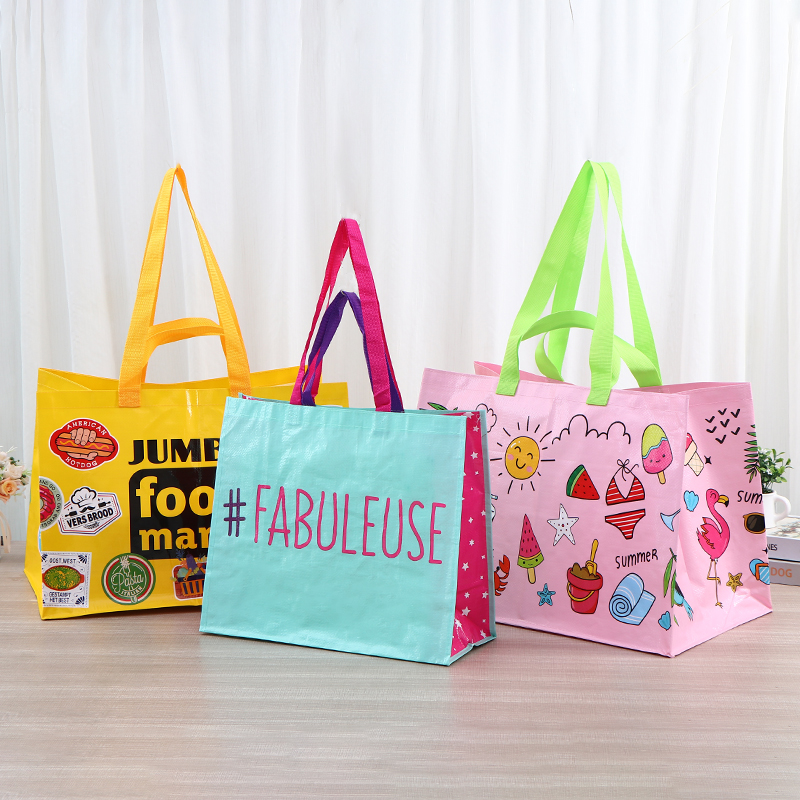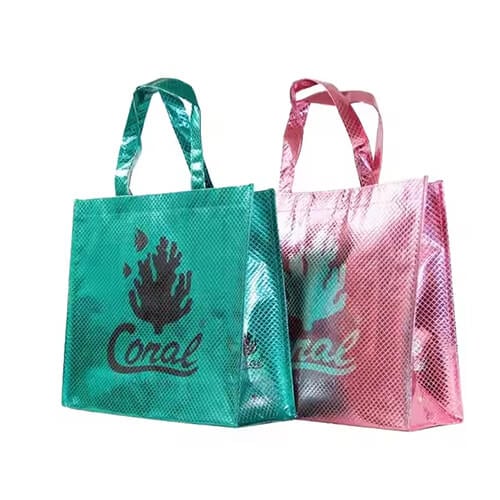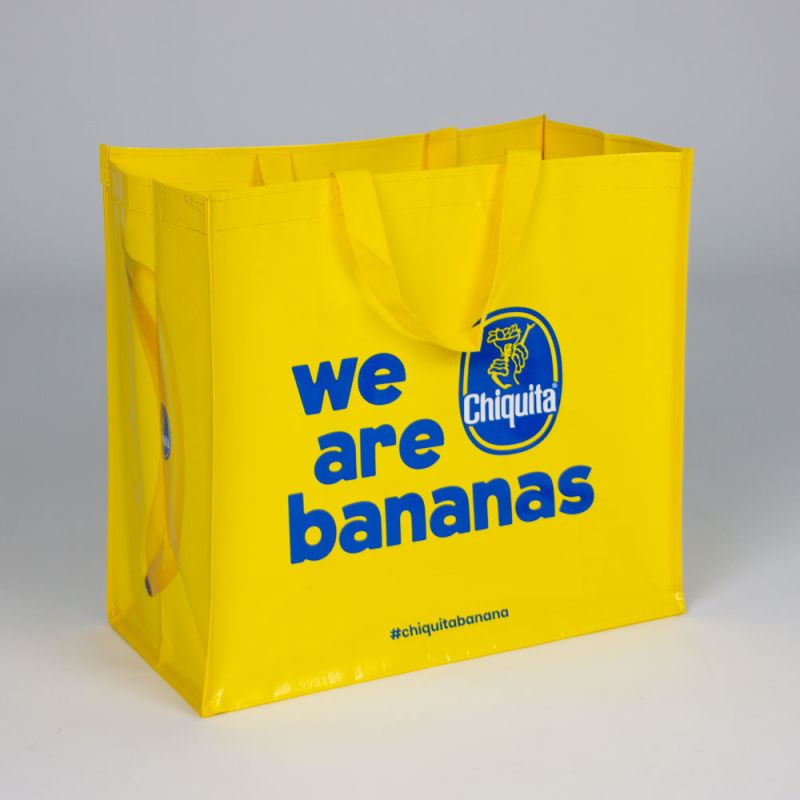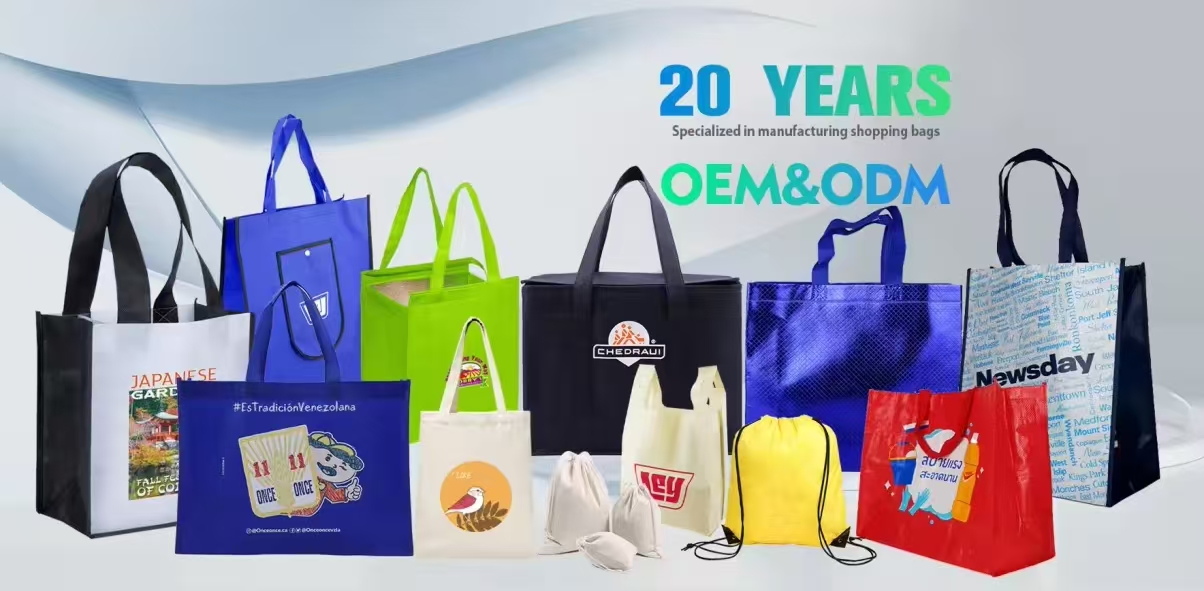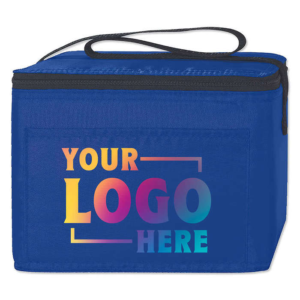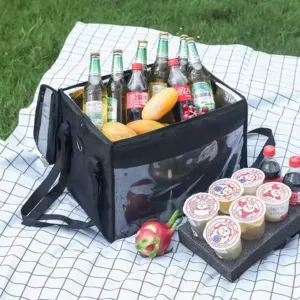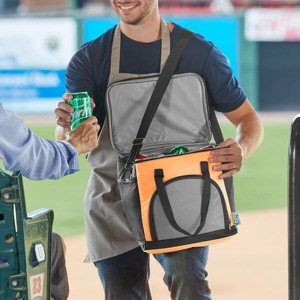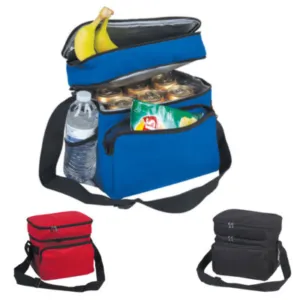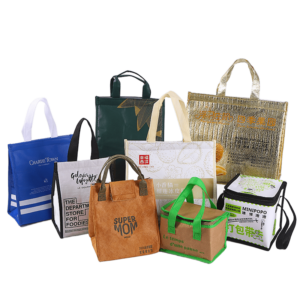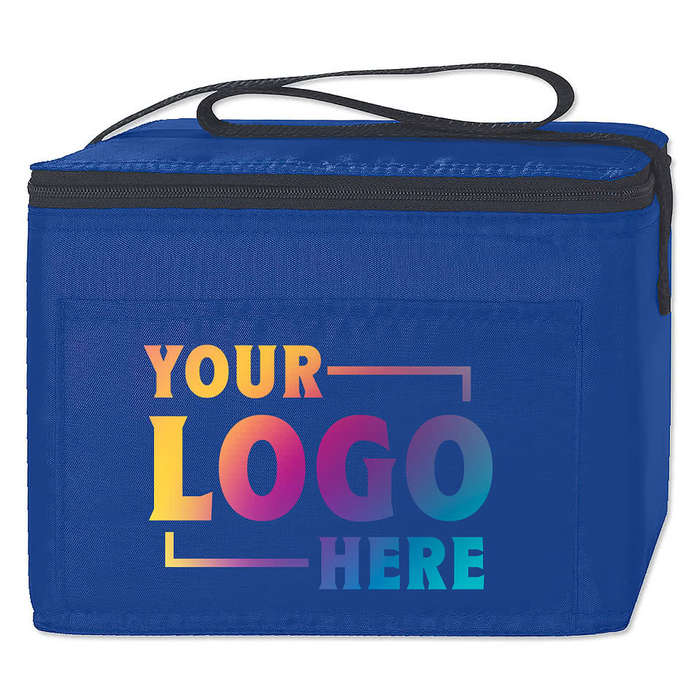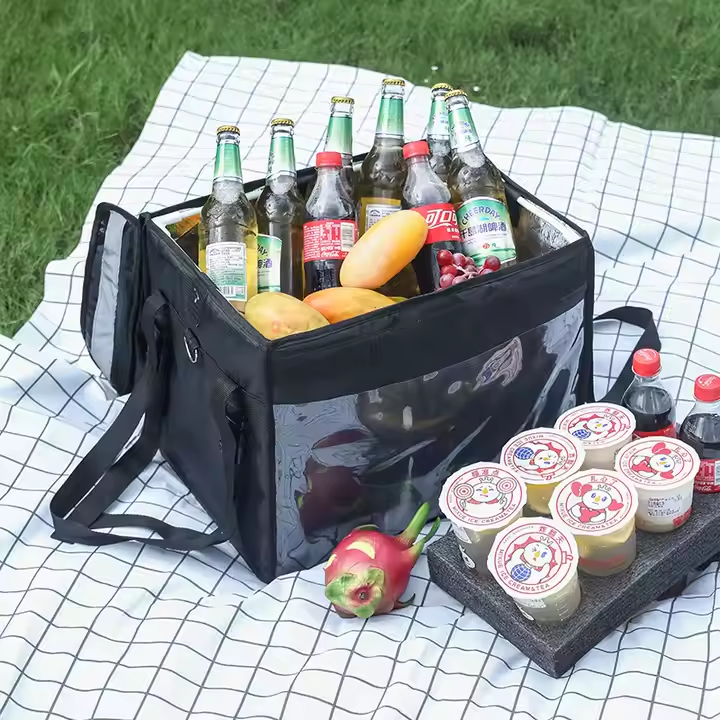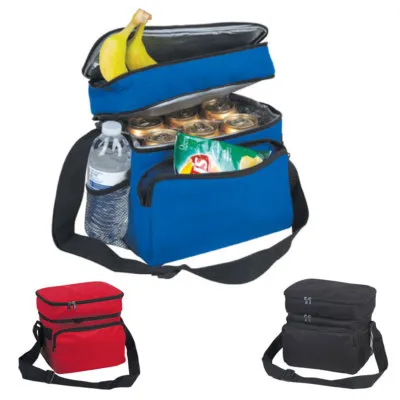Branded shopping bags are more than packaging—they are portable billboards. This article shares 7 proven strategies to improve their ROI, based on expert insights and practical industry applications.
To improve the ROI of branded shopping bags, focus on quality, design, usability, engagement, clear goals, marketing integration, and customer incentives.
These methods turn bags into marketing tools that keep working after purchase.
1. Invest in Quality and Durability
High-quality and durable bags last longer, provide better value for customers, and maintain a positive brand image.
Why Quality Matters
A durable shopping bag does more than hold products. It becomes a long-term advertisement for your brand. If customers keep the bag for months or even years, every reuse is a new impression for your logo and design. When a bag wears out quickly, it sends a message that the brand may cut corners. On the other hand, when a bag feels strong, customers associate that quality with your business.
| Material Type | Average Lifespan | Customer Perception | Cost Level |
|---|---|---|---|
| Non-woven Polypropylene | 1–2 years | Eco-friendly, sturdy | Low |
| Cotton Canvas | 3–5 years | Premium, natural | Medium |
| Laminated Woven PP | 2–3 years | Water-resistant, colorful | Medium |
Practical Example
A grocery chain switched from thin plastic to heavy-duty non-woven bags. Customers reused them over 50 times on average, leading to thousands of additional logo impressions per unit.
2. Align Bag Design with Brand Identity
Bag design should reflect your brand’s style, colors, and values to reinforce recognition.
The Role of Visual Consistency
When your bags have consistent fonts, colors, and design[^2] language, they instantly communicate your identity. Customers remember visual cues faster than text. For example, a coffee chain that uses its signature brown tones and green logo on every bag strengthens brand recall without extra marketing costs.
| Design Element | Brand Impact |
|---|---|
| Logo Placement | Ensures quick recognition |
| Color Palette | Links to brand personality |
| Tagline Inclusion | Reinforces core message |
Critical Perspective
While eye-catching designs attract attention, they should not sacrifice clarity. A minimal design may sometimes have stronger impact than a busy one. The key is balancing aesthetics with recognizability.
3. Add Functional Features
Functional additions increase reuse frequency and boost ROI[^1] through extended exposure.
Usability as a Retention Tool
Bags with reinforced handles, interior pockets, or foldable designs make customers want to keep and reuse them. A foldable tote that fits in a pocket becomes a constant companion. Waterproof layers protect contents, making the bag practical for more situations.
| Feature | Benefit |
|---|---|
| Reinforced Handles | Supports heavier loads |
| Foldable Design | Convenient to carry anywhere |
| Waterproof Coating | Protects items in all weather |
Balanced View
Adding features increases production cost, but if the result is higher reuse rates and stronger customer loyalty, the long-term ROI justifies the expense.
4. Leverage Customer Engagement and Social Media
Use branded bags as tools for online interaction and user-generated content.
The Power of Shared Experiences
When customers post photos with your bag on Instagram or TikTok, it reaches audiences you may never target directly. Creating hashtags like #MyBrandBag and running photo contests encourage participation. This extends the marketing impact without additional ad spend.
| Engagement Tactic | Result |
|---|---|
| Hashtag Campaigns | User-generated brand exposure |
| Social Contests | Higher participation and brand buzz |
| Influencer Collabs | Access to new customer groups |
Analytical View
While social media[^3] buzz can spike visibility, the engagement must tie back to measurable goals like increased sales or repeat visits.
5. Set Clear, Measurable Objectives
SMART goals make it easier to track the ROI of bag campaigns.
Why Objectives Matter
Without clear targets, it is impossible to measure success. Objectives like “Increase repeat customer visits by 15% in 6 months” give teams a benchmark. They help justify the investment and guide future campaigns.
| SMART Element | Example Goal |
|---|---|
| Specific | Increase repeat visits |
| Measurable | 15% growth |
| Achievable | Based on past data |
| Relevant | Aligns with retention strategy |
| Time-bound | 6 months |
Reflection
Defining goals may seem time-consuming, but it prevents wasted spending and ensures every bag project has a clear direction.
6. Integrate with Broader Marketing Strategy
Bags work best when combined with other channels.
Cross-Channel Synergy
A bag with a printed QR code can lead customers to an exclusive online discount or video content. Linking offline exposure to online engagement creates a closed loop for tracking performance. For example, a fashion brand added QR codes to bags, leading to a 12% increase in web traffic.
| Integration Idea | Benefit |
|---|---|
| QR Code to Landing Page | Tracks engagement |
| Seasonal Promo Tag | Drives timely sales |
| Partnership Branding | Shares costs, expands reach |
Strategic Consideration
Integration should feel natural. Overloading the bag with calls to action can dilute the message.
7. Incentivize Bag Use and Loyalty
Rewards programs encourage customers to keep bringing the bag back.
Behavioral Reinforcement
When customers get a discount or loyalty points for using your branded bag, it builds habit and strengthens brand connection. A bookstore offering 5% off when customers bring their custom tote saw a noticeable rise in repeat visits.
| Incentive Type | Example |
|---|---|
| Discount per Use | 5% off purchase |
| Loyalty Points | Double points for bag carriers |
| Exclusive Access | Special sales for loyal customers |
Counterpoint
Not all incentives must be monetary. Recognition in store or on social media can also be a powerful motivator.
Conclusion
Branded shopping bags can be powerful marketing tools when designed and managed strategically. By focusing on quality, consistent branding, usability, customer engagement, measurable goals, integration, and incentives, businesses can turn a simple packaging item into a lasting brand ambassador. From my experience in packaging manufacturing, these strategies work best when tailored to your audience and tracked over time. Share your experiences and ideas in the comments so we can keep improving together.
---
[^1]: Learn effective methods to maximize your marketing ROI and drive better results.
[^2]: Find out how to design branded bags that resonate with your audience and enhance brand recognition.
[^3]: Learn how to utilize social media to amplify your brand's reach with shopping bags.
